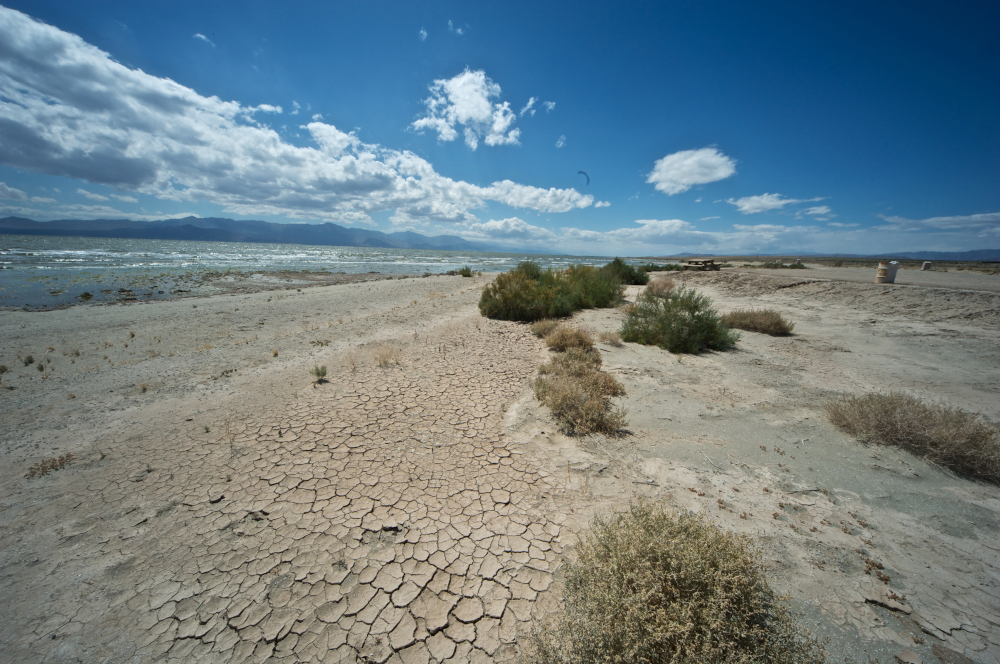Sea rescue

Like the birds that still frequent its shores, people once flocked to the Salton Sea. Just hours from Los Angeles, the desiccated lakebed refilled in 1905 with spillover from Colorado River irrigation canals. But since its 1950s heyday as a popular tourist destination, the irrigation runoff that kept the lake filled has diminished, shrinking it dramatically. Wind-laden agrochemical dust off the exposed lakebed contributes to asthma rates in surrounding communities, and rising salinity has killed fish and jeopardizes migrating and nesting birds. Tourist destination no more, the Salton Sea now poses a considerable public health and environmental challenge.

Enter Brent Haddad, director and founder of the Center for Integrated Water Research. Professor Haddad heads a team of faculty, graduate students, outside consultants, and an Independent Review Panel charged with identifying—as part of the state-managed Salton Sea Management Program—a long-term plan for restoring the Salton Sea ecosystem and its languishing surrounding communities. In addition to evaluating proposals for “water importation” to refill the lake, the team’s remit includes considering the area’s economic future. “The region is of immense interest in part because of its potentially massive lithium resources,” Haddad said.
“We don’t have any templates for what we’re doing,” Haddad said. The hope, he said, is that other regions with evaporating lakes around the world can use their Salton Sea restoration process and plans as a model.
—Emily Harwitz

